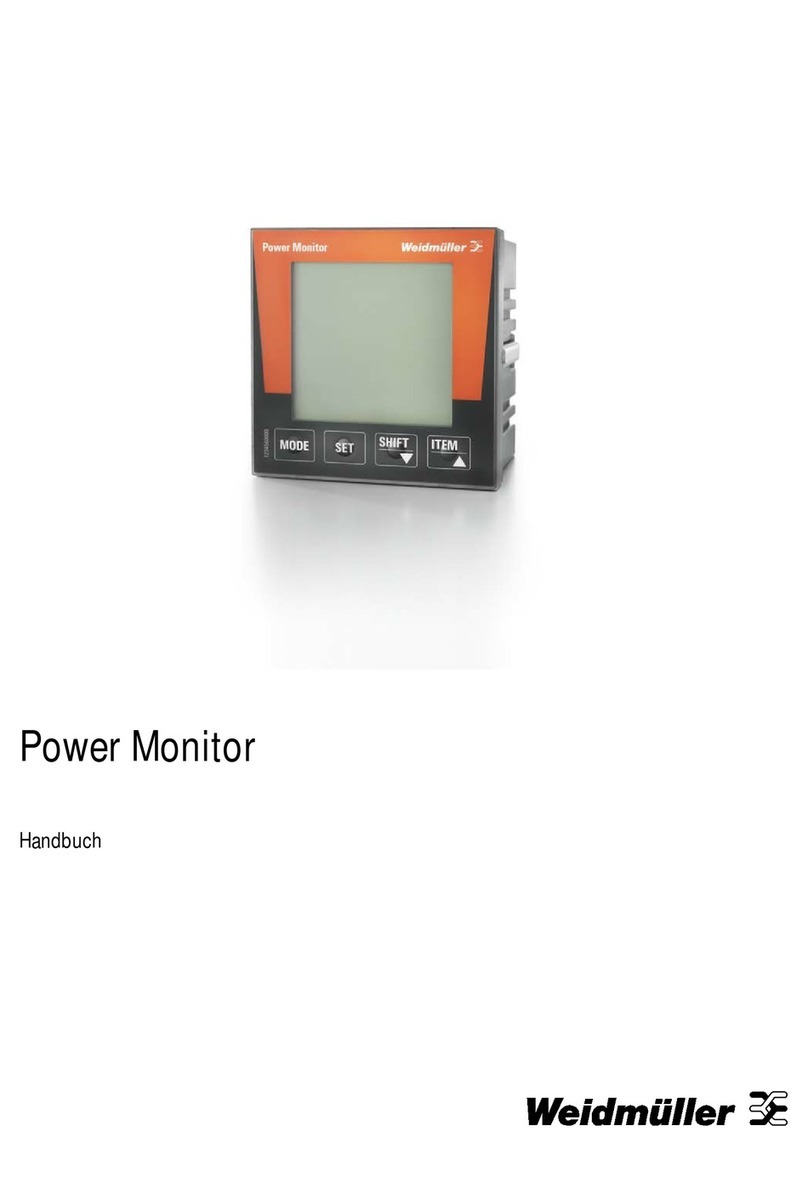
32576800000/00/02-2018
Error messages ........................................................................ 37
Technical data........................................................................... 40
Function parameters ............................................................ 42
Table 1 - Parameter list ........................................................ 43
Number formats ................................................................... 46
Dimensional drawings.......................................................... 47
Measured value displays overview......................................... 48
Connection example ................................................................ 51
Basic functions quick guide.................................................... 52
TCP/IP addressing quick guide............................................... 53
Table of contents
General ........................................................................................ 4
Inspection on receipt ................................................................. 5
Scope of delivery – Energy Meter 525................................... 6
Product description.................................................................... 6
Intended use .......................................................................... 6
Performance characteristics – Energy Meter 525.................. 7
Measuring method ................................................................. 7
Operating concept.................................................................. 7
ecoExplorer go network analysis software............................. 7
Connection variants ............................................................... 8
Assembly..................................................................................... 8
Installation................................................................................... 9
Supply voltage........................................................................ 9
Voltage metering .................................................................. 10
Current measurement .......................................................... 13
Ethernet interface................................................................. 17
Operation................................................................................... 18
Display mode ....................................................................... 18
Programming mode.............................................................. 18
Parameters and measured values ....................................... 19
Conguration............................................................................ 21
Applying the supply voltage ................................................. 21
Current and voltage transformers ........................................ 21
Programming current transformers ...................................... 22
Programming voltage transformers...................................... 22
Programming parameters .................................................... 23
TCP/IP conguration............................................................ 24
Parameters................................................................................ 26
User password (addr. 050)................................................... 26
Mean value........................................................................... 26
Averaging method ................................................................ 26
Min. and max. values ........................................................... 26
Energy meter........................................................................ 27
Mains frequency (Addr. 034) ................................................ 27
Harmonics ............................................................................ 28
Measured value relay........................................................... 28
Measured value displays...................................................... 28
Reset energy meter (Addr. 507)........................................... 29
Phase sequence .................................................................. 30
LCD contrast (Addr. 035) ..................................................... 30
Backlight............................................................................... 30
Time recording ..................................................................... 31
Operating hours meter ......................................................... 31
Serial number (Addr. 754) .................................................... 31
Commissioning......................................................................... 32
Applying the supply voltage ................................................. 32
Applying the measured voltage............................................ 32
Applying the measured current ............................................ 32
Rotation eld direction.......................................................... 32
Checking the phase assignment.......................................... 32
Checking the power measurement ...................................... 32
Checking the measurement ................................................. 32
Checking the individual power ratings.................................. 32
Check the sum power ratings............................................... 33
Comparators and monitoring threshold values .................... 33
Comparator in the ecoExplorer go software......................... 35
Service and maintenance ........................................................ 36
Service ................................................................................. 36
Device calibration................................................................. 36
Calibration intervals.............................................................. 36
Firmware update .................................................................. 36

































